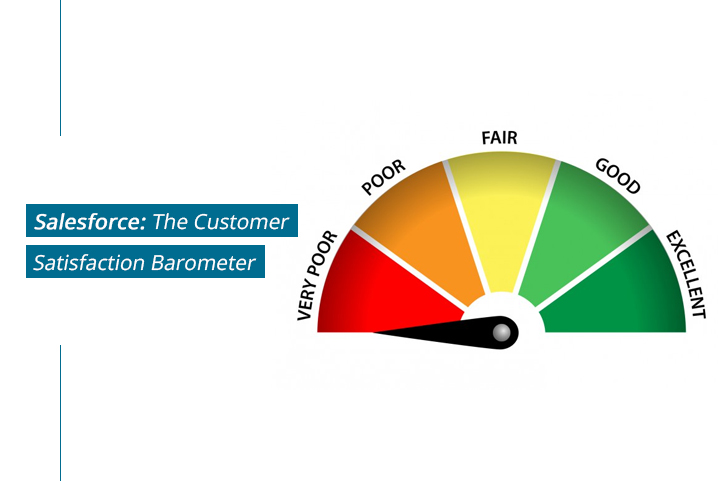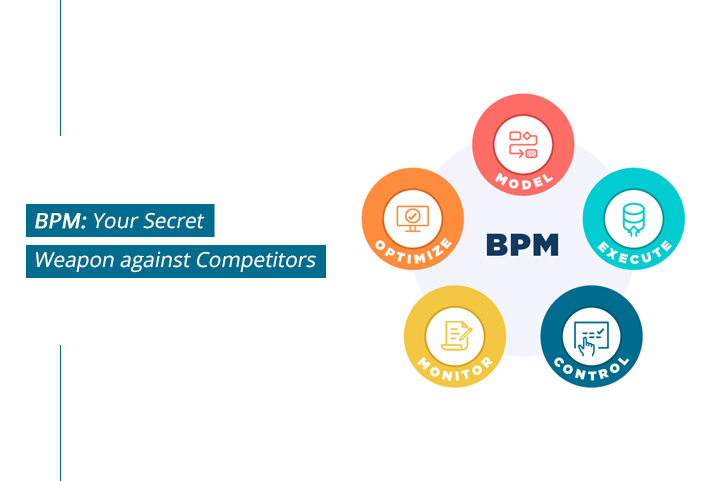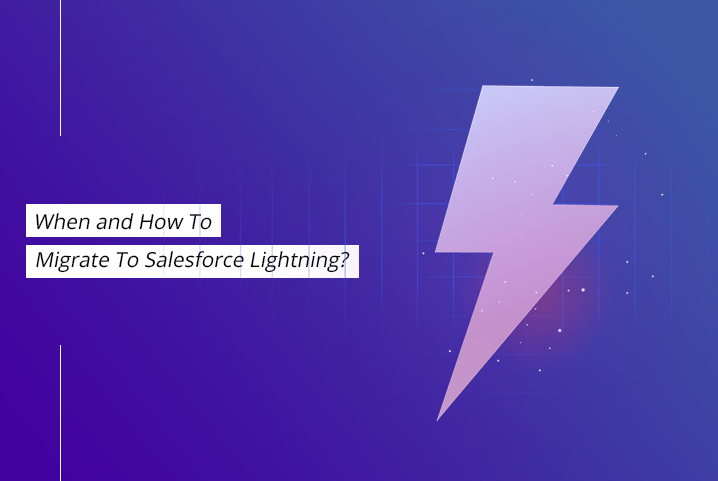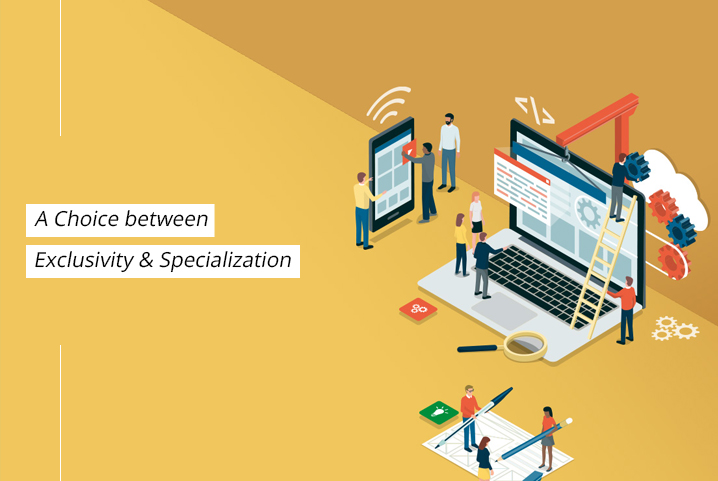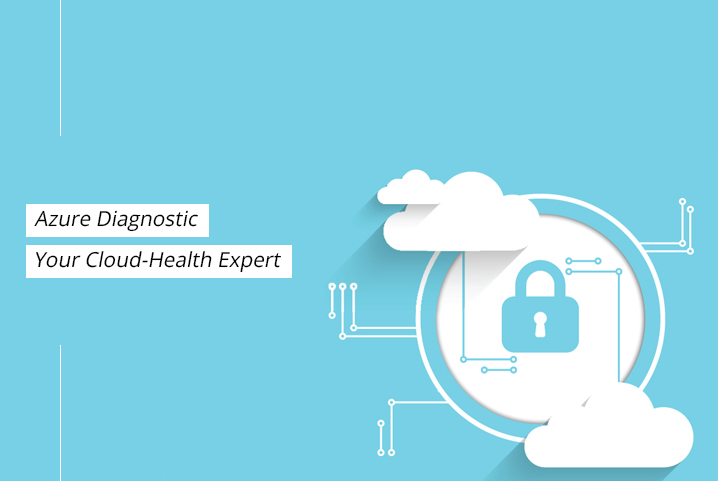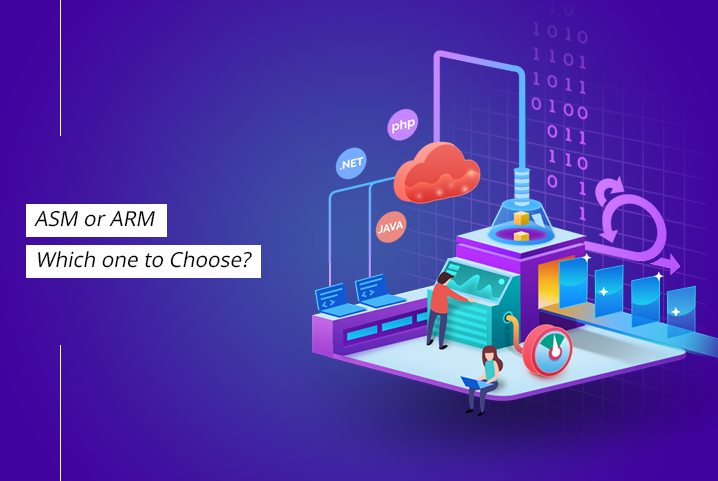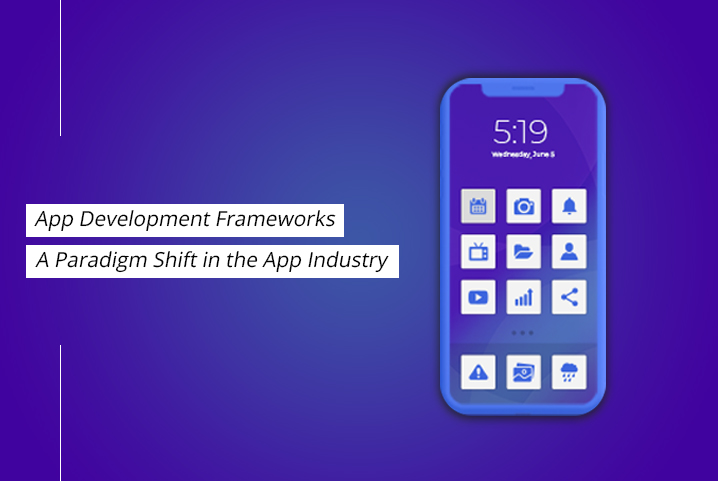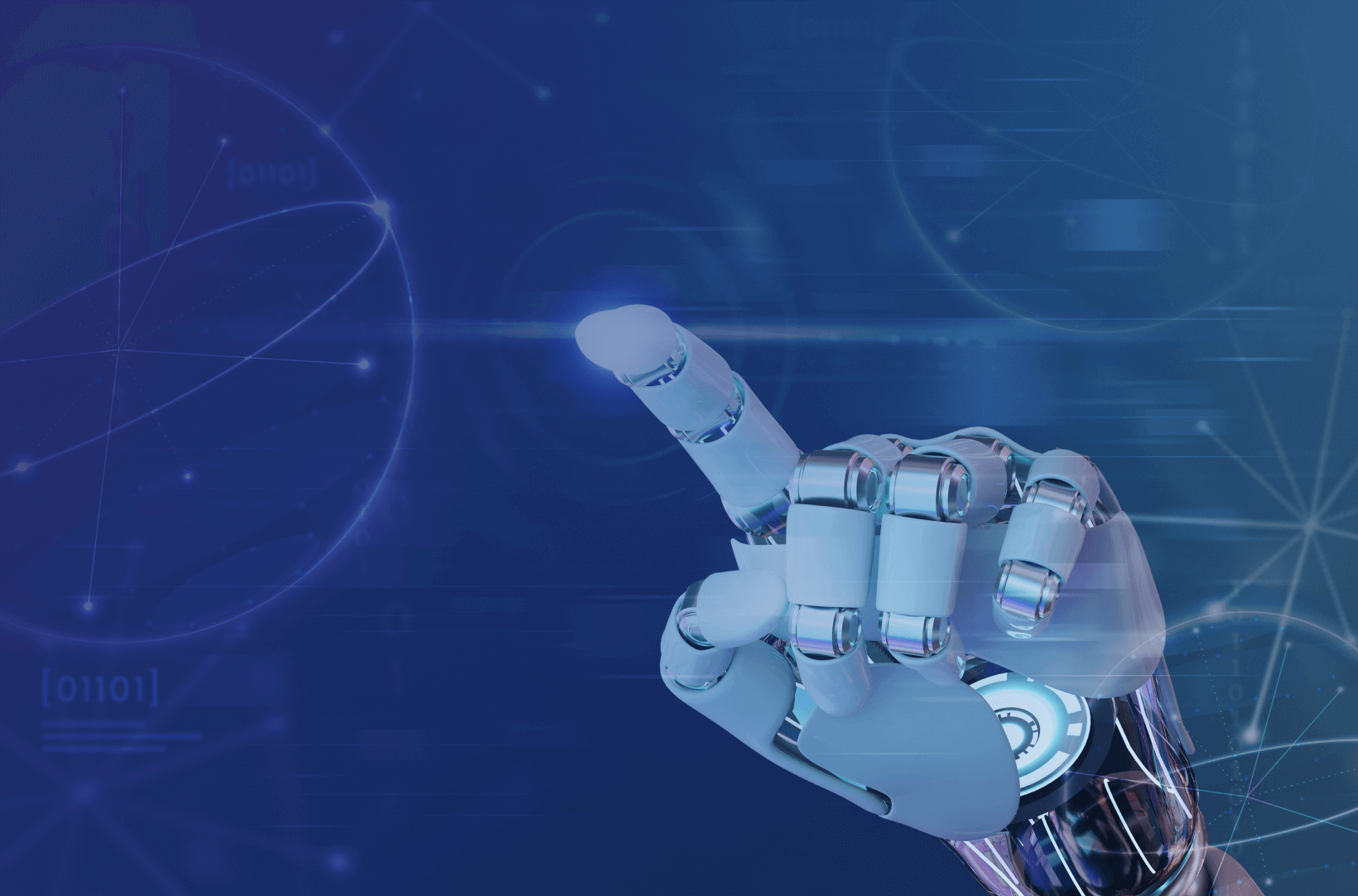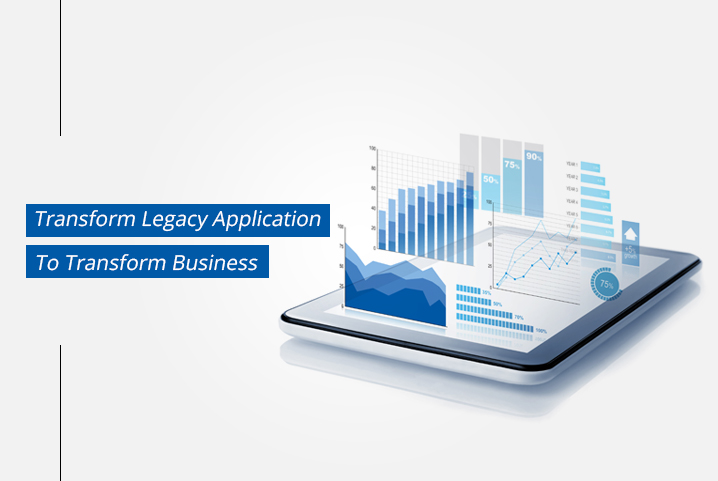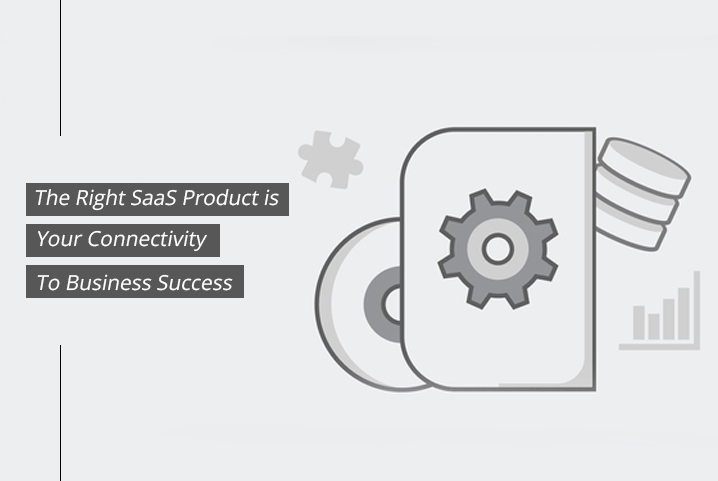take a look at our
featured insights
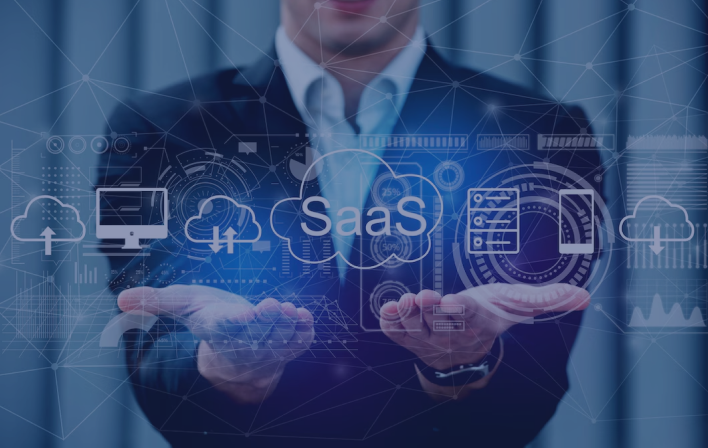
Evolution of Headless SaaS Platforms
As a service provider to B2B SaaS & Digital Native businesses, we have been observing headless architecture or API-first SaaS platforms gaining a lot of traction. Unlike traditional SaaS, which integrates both layers tightly, headless SaaS platforms empower businesses to deliver tailored experiences across multiple platforms while streamlining development and reducing dependency on monolithic architectures.… Continue reading Articles

Strengthen Your Software Security with Automated SBOM & Vulnerability Detection
Proactively Identify and Mitigate Security Risks in Third-Party Libraries Cyber threats are evolving, and organizations must stay ahead by securing their software supply chains. One of the biggest challenges in modern development is managing outdated and vulnerable third-party libraries, which can silently introduce security risks. Without proper visibility and monitoring, these risks can escalate into… Continue reading Strengthen Your Software Security with Automated SBOM & Vulnerability Detection

Why Technology Modernization Is The Only Way Ahead For ISVs
Today, every business is transforming into a digital business; thanks to the revolution caused by the latest technologies. Conventionally, enterprises only used to leverage the innovation abilities of ISVs to provide solutions to their clients. However, as the technological landscape is advancing, the enterprises are trying to incorporate their own innovations in their offerings.
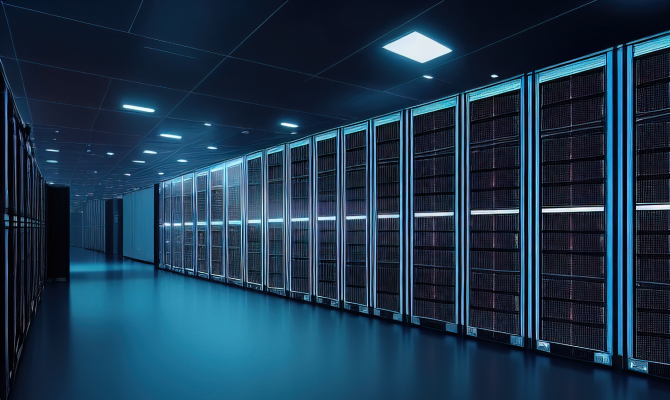
Why containers are the fastest way to unlock cloud value?
Read this paper to understand how containers are bringing about a revolution in how IT workloads are managed and offer a faster value delivery when moving to cloud





